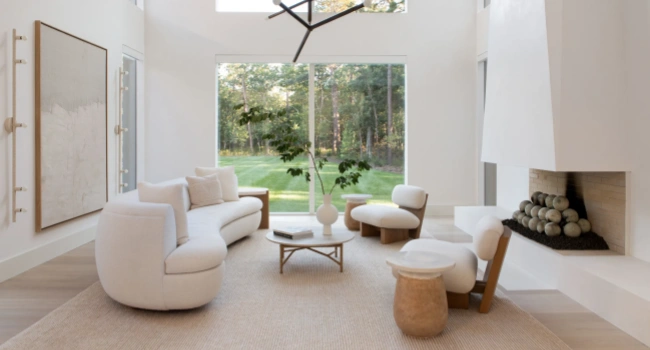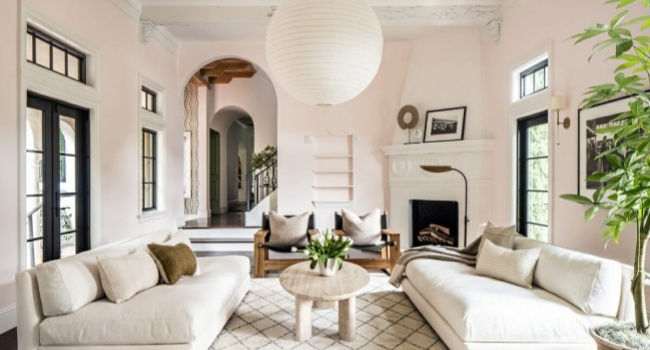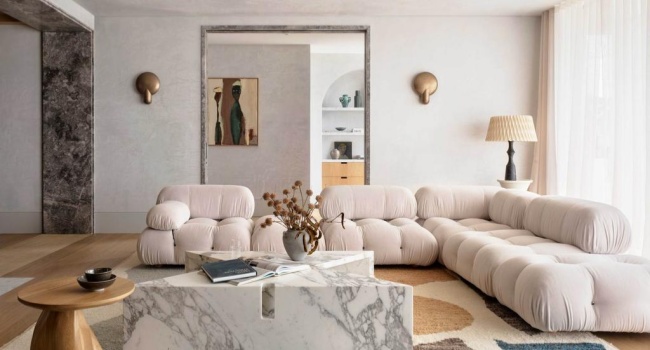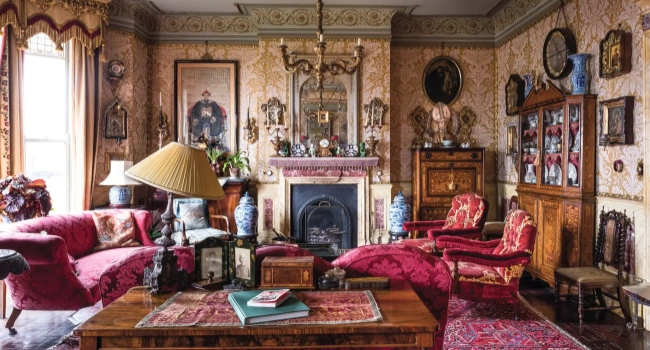To embrace minimalist aesthetics, the first step is to evaluate your belongings. Begin by decluttering your space, keeping only items that serve a purpose or hold significant meaning. This process not only creates a more organized environment but also allows you to appreciate the items you choose to keep. When selecting decor, prioritize quality over quantity. Invest in fewer, high-quality pieces that reflect your personal style rather than filling your home with numerous items that may compete for attention.
Color plays a crucial role in minimalist aesthetics. A neutral color palette, featuring whites, grays, and earth tones, creates a serene backdrop that enhances the feeling of openness. These colors can make spaces feel larger and more inviting. Accent colors can be introduced sparingly through decorative items or artwork, ensuring they do not overwhelm the overall design. The key is to maintain balance and harmony throughout the space.

Furniture selection is another vital aspect of minimalist design. Choose pieces that are functional yet stylish, with clean lines and simple forms. Multi-functional furniture can be particularly beneficial, as it minimizes the need for additional pieces while maximizing utility. For instance, a sleek coffee table with storage can help keep the living area tidy while serving its primary purpose.
Lighting is essential in creating a minimalist aesthetic. Natural light should be maximized to enhance the openness of a space. Large windows or strategically placed mirrors can reflect light and create a brighter atmosphere. When it comes to artificial lighting, opt for simple fixtures that complement the overall design without drawing too much attention to themselves. Soft, warm lighting can create a cozy ambiance that invites relaxation.

Incorporating natural elements can further enhance minimalist aesthetics. Materials such as wood, stone, and metal can add texture and warmth to a space without overwhelming the simplicity of the design. Indoor plants can also be a wonderful addition, providing a touch of nature and freshness while maintaining the uncluttered feel of the environment. Choose plants that are easy to care for, ensuring they contribute to the overall aesthetic without requiring excessive maintenance.
Art and decor should be thoughtfully curated in minimalist spaces. Instead of overcrowding walls with multiple pieces, select a few impactful artworks that resonate with you.

Large-scale pieces can serve as focal points, drawing the eye while maintaining the simplicity of the design. When displaying decorative items, opt for a few well-placed objects that reflect your personality and values, ensuring they do not compete for attention.
Embracing minimalist aesthetics involves a mindset shift towards intentional living. This philosophy encourages mindfulness and appreciation for the spaces we inhabit. By focusing on simplicity and functionality, individuals can create environments that promote peace and well-being. Minimalist aesthetics not only enhance the beauty of a home but also foster a lifestyle that values clarity and purpose. By adopting these principles, you can transform your living space into a sanctuary of simplicity and elegance.




